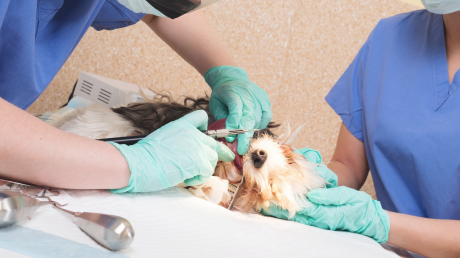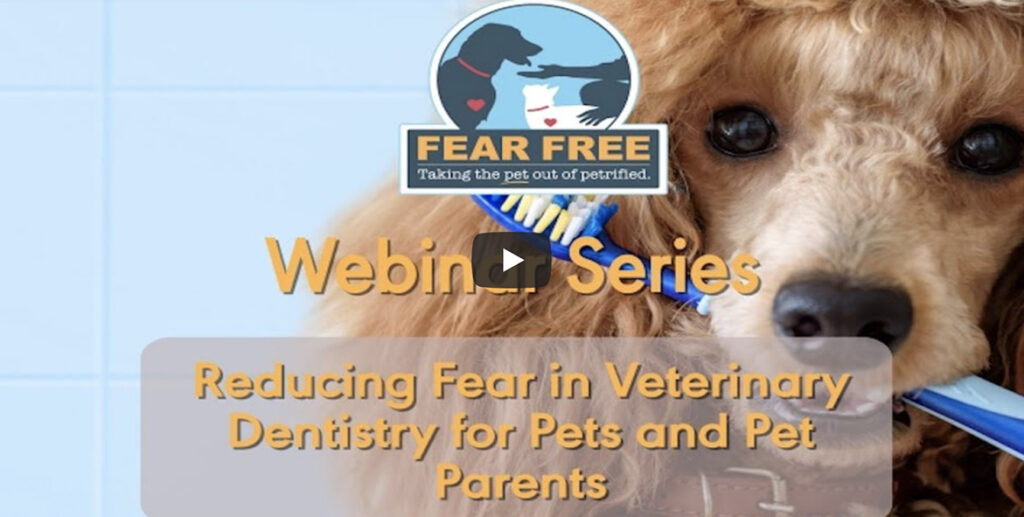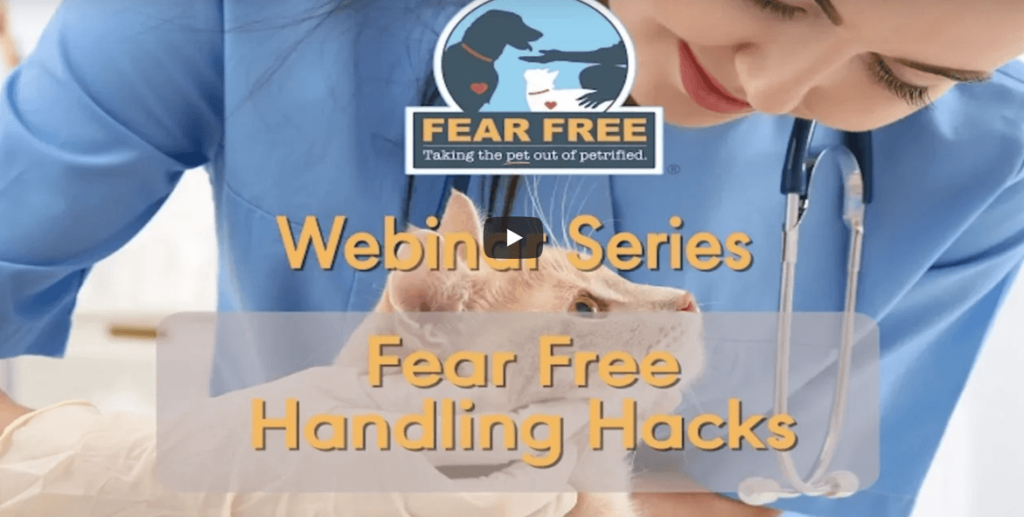
Kim Campbell Thornton
We’ve all heard nay-sayers complain that Fear Free techniques take too much time. But is that really true? We went to an expert to find out.
Using Fear Free techniques can require additional time, no doubt about it, but in the long run they can save time and reduce stress. Smart scheduling is the secret, says Fear Free Certified hospital manager Taryn Lambert at VCA Manito Animal Hospital in Spokane, Washington.
Extra Time Pays Off
Fear Free success relies on allowing animals more time to become accustomed to being in the exam room and the presence of technicians and the veterinarian. It means making time for Victory Visits or fun visits so that pets associate the clinic with good treats, good times, and good friends. As Lambert says, it’s important to make deposits into a patient’s “trust account.”
But that doesn’t mean adding hours to the day. At VCA Manito, advising clients about the best times to bring in pets for fun visits, planning which patients come in when, and explaining desensitization and counterconditioning techniques all contribute to a smooth-running hospital.
For instance, “happy visits” for anxious pets are encouraged. They can come in, get treats, and maybe get weighed.
“I just let them know, ‘If you see that we look like Costco parking lot, that probably is not the day to come in and weigh your pet,’” Lambert says. “But otherwise, you just come on in.”
Careful Planning
Patient records note the animal’s typical FAS score. If it’s a 4 or 5, an additional 15 minutes is scheduled for the appointment.
“We know which ones take time and which ones don’t, and we schedule accordingly,” Lambert says. “If I have a whole bunch of zeroes and ones, those pets are going to go a lot faster. I would not have five fives in a row. That is not strategic scheduling.”
Receptionists play a key role. They manage the logistics of patient flow to ensure that bottlenecks don’t develop. The result is less stress for team members.
Messaging Matters
Communication with clients is also an important part of Fear Free time management. If arrival of an emergency case has veterinarians running late, clients may be called and asked if they’d like to come in a little later or reschedule the appointment. That ensures that they don’t have to put their dog or cat in the car, drive to the clinic, and then have to wait for an extended period before being seen. That’s less stressful for all the animals and humans involved.
Clients are also more willing to return for additional visits if they think it will result in less FAS for their pets. Take nail trims, the bane of most pet owners—and their pets. Lambert says VCA Manito has begun “bundling” nail trims into multiple visits, using desensitization and counterconditioning techniques to get pets through the procedure without fuss and teach them that it doesn’t have to hurt or be scary.
“Pets come in five to nine times,” she says. “The owners do not mind this. You would think that owners will not come back, but yes, they do.”
Implementing Fear Free may take more time upfront and it can require more time for certain patients, but overall it’s a win for veterinarians, staff, clients, and most important, pets.
“I can’t imagine ever not doing Fear Free,” Lambert says. “I think once you understand it and actually walk the walk, it just changes your view.”
This article was reviewed/edited by board-certified veterinary behaviorist Dr. Kenneth Martin and/or veterinary technician specialist in behavior Debbie Martin, LVT.









